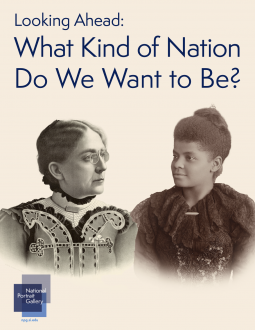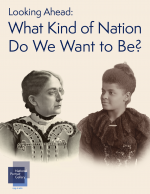Imagine you are living in the United States in 1899. William McKinley is in the White House. It’s a time of rapid expansion in population, geography, industry, and diversity, which present opportunities but aggravate tensions. Spurred by mechanization, the mass production of goods continues to change the lives of American workers—not always for the better. In cities around the nation, violence erupts in conflicts between police and federal troops and workers striking for improved conditions. Increasing numbers of immigrants arrive seeking refuge and opportunity. In the West, Native Americans and Chinese immigrants and their descendants are being forced from their homes and lands.
The 15th Amendment, which granted voting rights to former slaves and freed men, was ratified in 1870. But in 1899, southern states are systematically stripping this right from them both legally and illegally by means of poll taxes and literacy tests, as well as violence and intimidation. From coast to coast, women in the National American Woman Suffrage Association march on, demanding their place in shaping the nation.
In this time of rapid expansion and increasing tensions, many Americans are asking, “What kind of nation do we want to be?” Now, imagine that you and the others gathered for this forum are among them. This guide offers three options for your deliberations.
Option 1: Advance inclusivity
Option 2: Strengthen existing institutions and traditions
Option 3: Affirm distinctive identities


